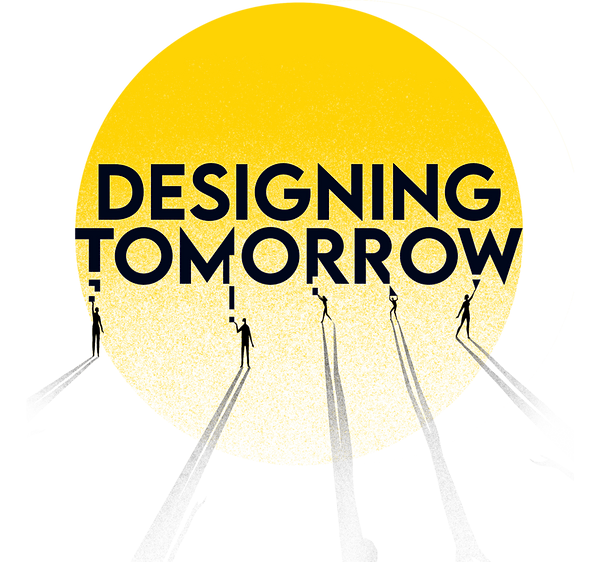
KEY TAKEAWAYS
-
Understand the value of implementing a life-centred approach to innovation for your organisation.
-
See the larger systems within which the things we design exist.
-
Identify unintended consequences and learn how to envision futures.
-
Establish impactful partnerships and find out how to get buy-in for responsible innovation.
-
Drive a positive impact by building small one-percent changes into your practice.
ABOUT THE AUTHORS

WHY WE WROTE THIS BOOK
We decided to write this book after listening to each other’s talks at the UX Australia conference in August 2021. Hearing Steve share insights from his practice about the far-reaching impact design can create, Martin recognised the connection between his research on life-centredness and strategic design practice.
Our objective for the book became to combine Martin’s academic knowledge with Steve’s industry experience. We both feel passionate about design and its potential to drive positive change. We believe that we owe it to future generations to enable this change.
We also realise that we have contributed to the issues discussed in the first three chapters through our research, teaching, and practice. This experience provides us with perspective as well as a responsibility to change what we do and become part of the solution.
All rights reserved © Designing Tomorrow by Martin Tomitsch and Steve Baty 2023




